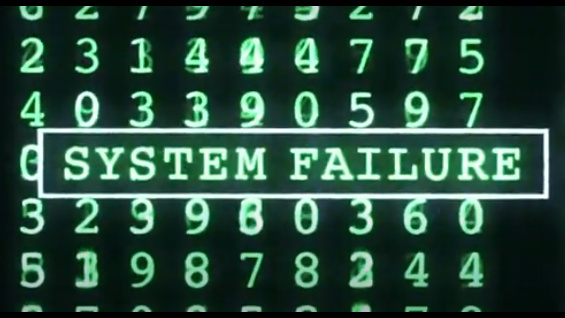
Contrary to the impression given by the name, an acoustic metric (AM) does not presume that spacetime is permeated by a particulate aether. It does, however, assume nonlinearity of signal transmission. This confusion probably explains why studies of AMs applied to gravitational physics tend to drop the “acoustic” moniker, and refer instead to analogue gravity. These studies use acoustic fields to model behaviours that appear in quantum field theory, but don't show up in Einstein’s classical models.
Nonlinearity
In a linear metric, we assume that signals are simply superimposed politely on top of each other, and each behave independently according to the rules initially defined for the underlying metric, as if the other signals weren’t there.
In real life, we know that the acoustic properties of extreme situations such as jet-engine and rocket-engine exhausts don’t obey these polite rules:
- If we start with a predefined region of gas, a high-energy signal pulse sent through the region may represent a transient temperature spike, which means that the signal-propagation properties of the medium calculated in the absence of the signal, are no longer correct in the presence of the signal. The spike propagates at a rate different to what we would calculate if the spike wasn’t there.
- Similarly, if we visit a music festival, and the PA system includes massive sub-woofers, then a high-amplitude bass beat can cause the air to physically push backwards and forwards, dragging and Doppler-shifting the quieter higher-frequency signals. The existence of one signal changes the propagation of the other, an effect that suggests the possibility of building dynamic acoustic “transistor” logic using waveguides.
- In a third example, we can consider the properties of a supersonic aircraft, or a supersonic thrown housebrick. Using linear logic we can “prove” the impossibility of the brick being able to move faster than the speed of sound, because for this to happen, air molecules would need to be able to get out of the way faster than their official speed. In practice it’s possible for a housebrick to travel at Mach 2, because the presence of the brick physically changes the properties of the medium that it is passing through.
The brick somehow manages to communicate forwards to the air in front of it that it is "on it’s way", with the communication moving faster than the conventional speed of sound. In models that don’t support dynamic metrics, this “classically impossible” forward communication ends up having to be described described using quantum mechanics … the information appears on the “forward” side of the brick’s acoustic horizon by quantum tunnelling, or by a Hawking radiation phonon-pair-production effect.
The complex behaviours that we get with acoustic metrics reveal effects (such as the classical analogue of Hawking radiation) that were once considered unique to QM. But they are present in classical theory, too … as long as we use the correct classical theory, i.e., not Einstein’s.
- Carlos Barceló, Stefano Liberati, and Matt Visser, "Analogue Gravity". Living Reviews in Relativity. 8 (1): 12 ((2011). arXiv:gr-qc/0505065. doi:10.12942/lrr-2005-12.
- Acoustic_metric (wikipedia.com)





